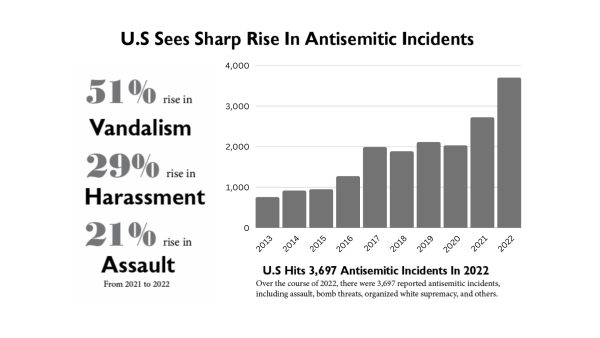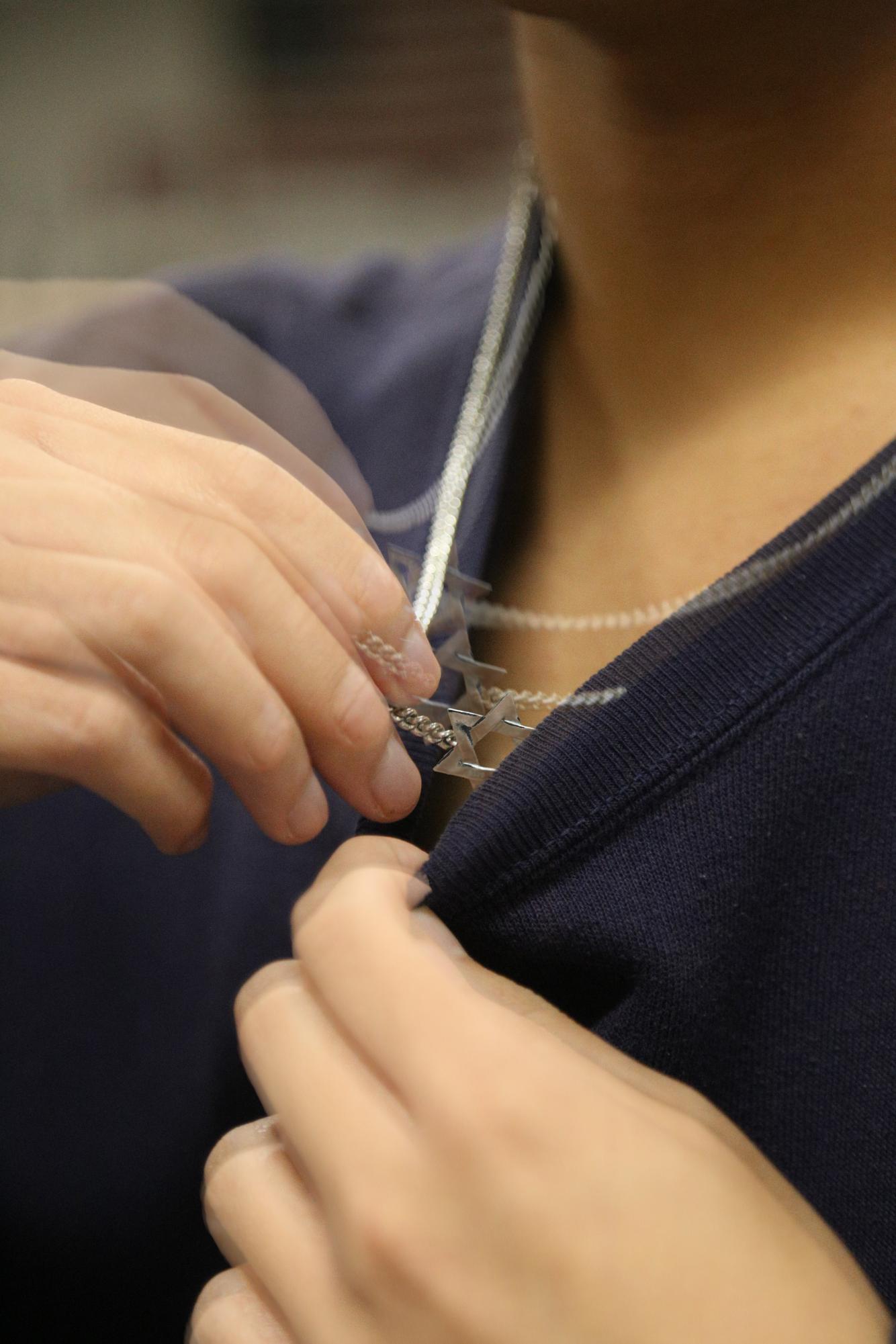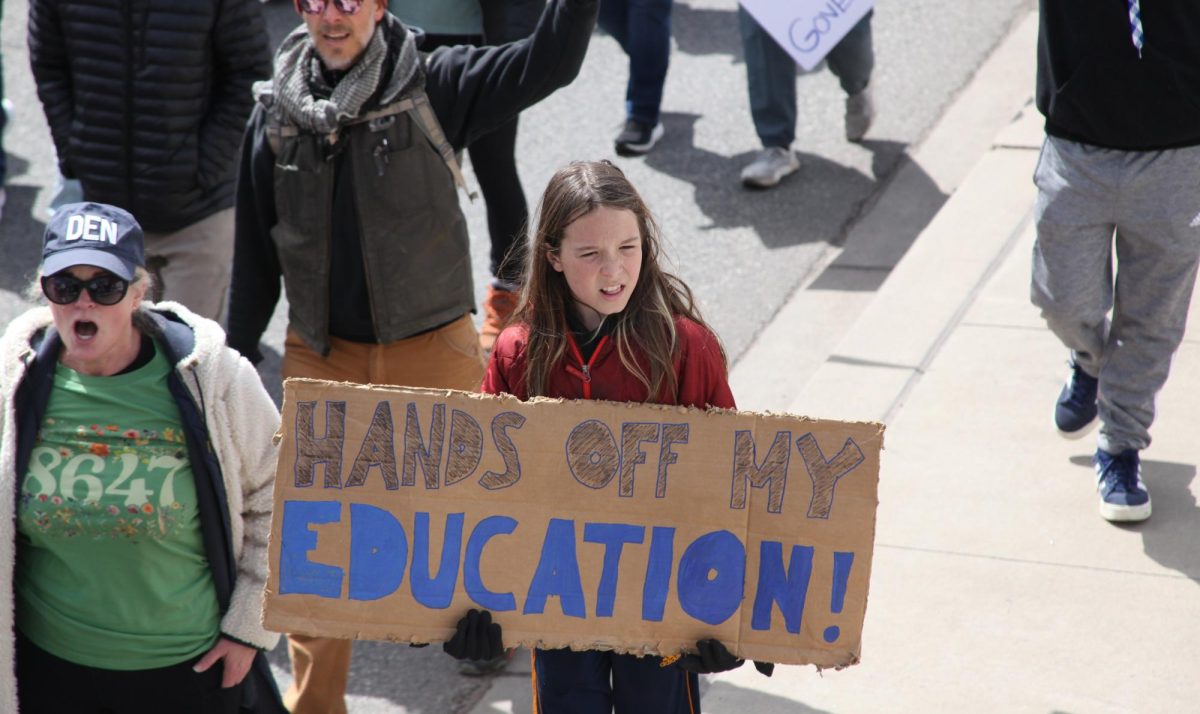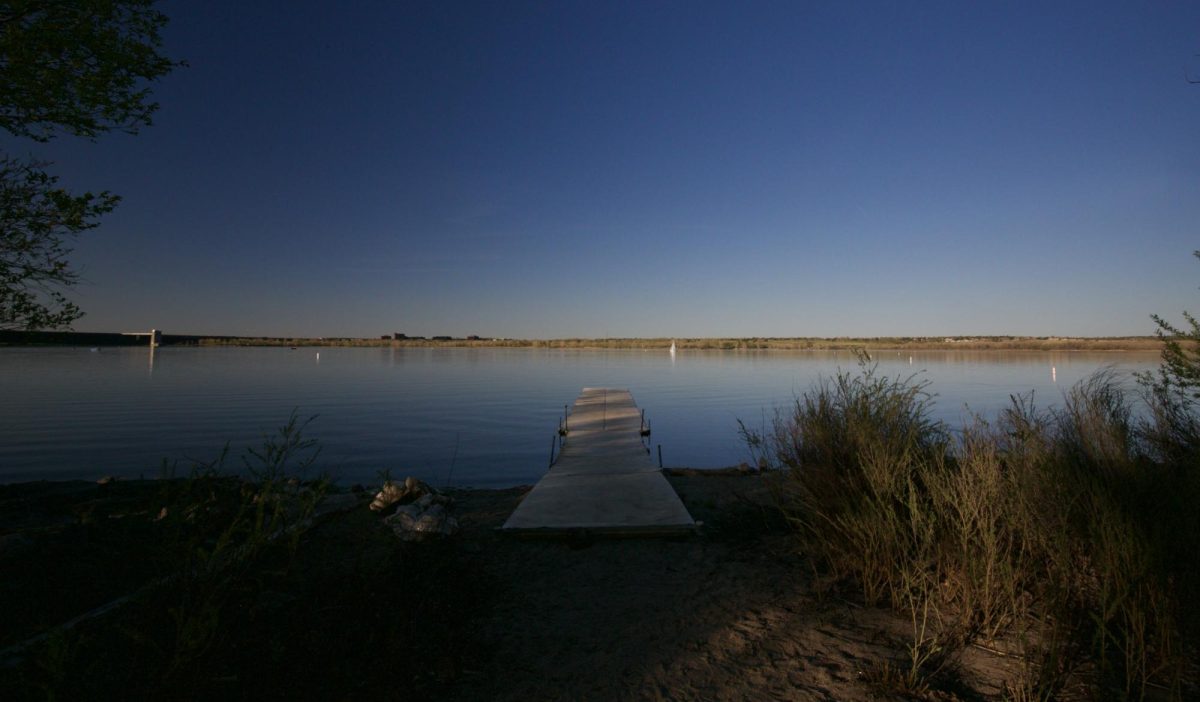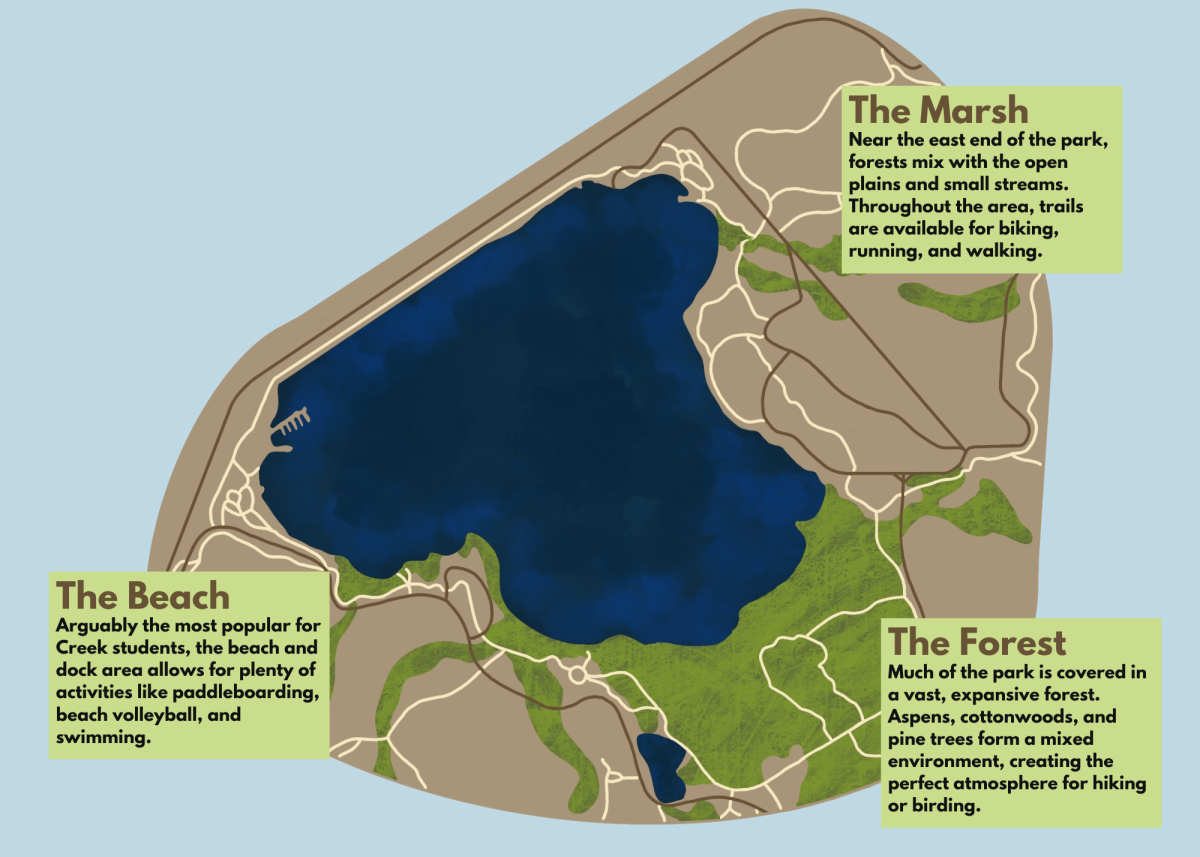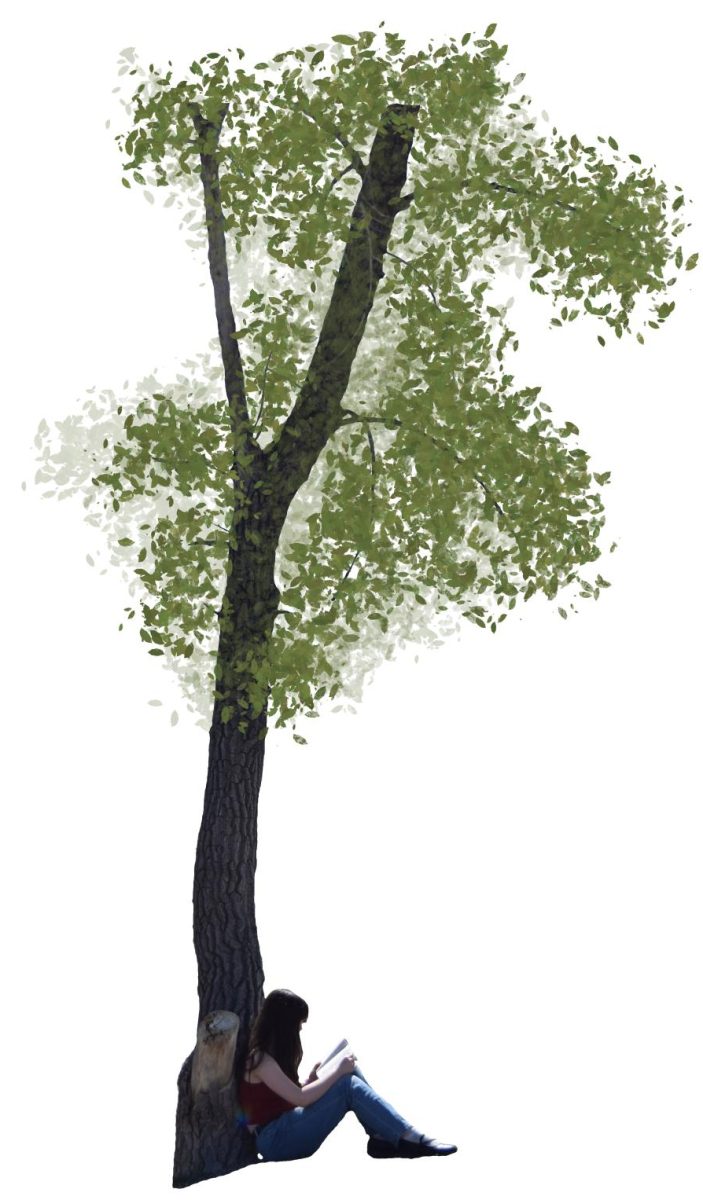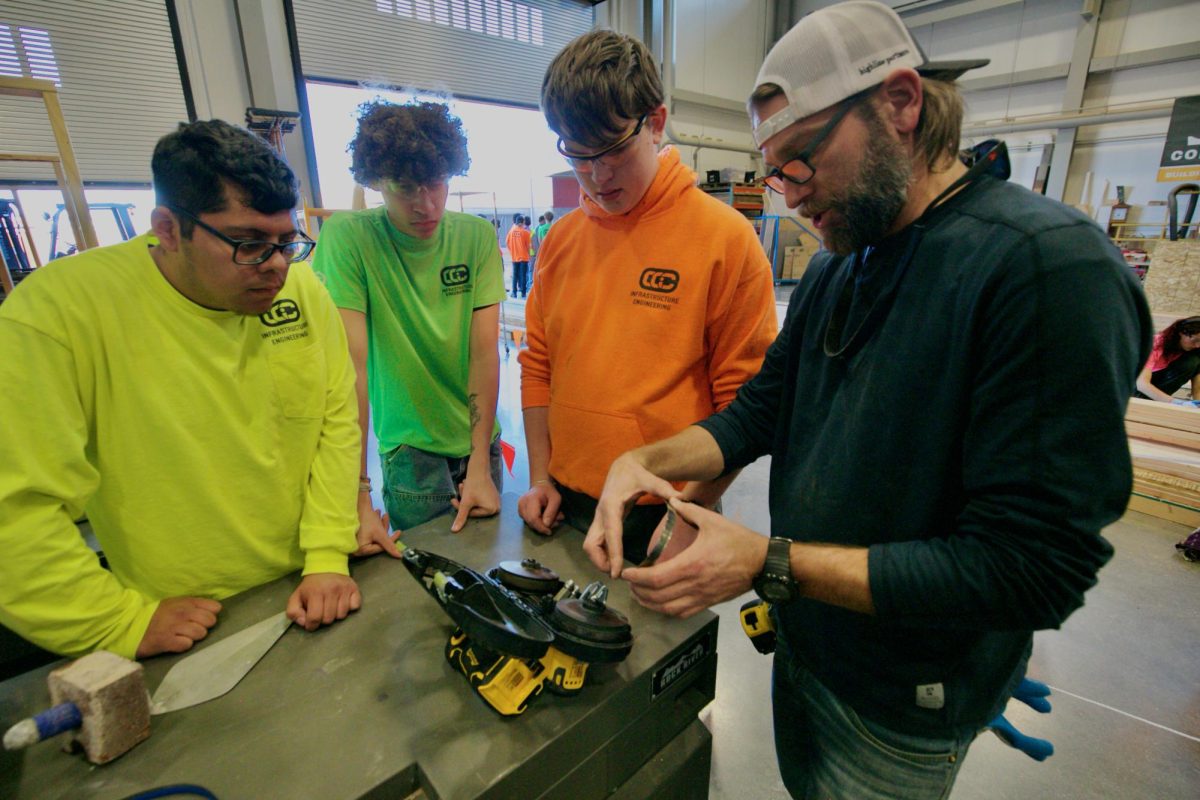“ I was just speechless,” Tammi Gitin said.
Gitin, a parent of a Campus middle school student last year, was reacting to an image she saw on Facebook. The picture was grainy, and taken near a set of Campus Middle School’s stairs. It showed two students with swastikas drawn in purple and blue marker on their arms and legs.
Rikki Mor, a parent of Creek students, saw it too.
“I had just had enough. I posted about it on Facebook. It turned into close to 100 comments about just how upset people were to hear those things. People had similar experiences,” Mor said.
“One family said the antisemitism and harassment is so constant that the mom has told her children not to tell anyone they are Jewish,” Mor wrote in a letter to the district signed by more than 250 people.
Mor shared many of these comments, along with other parents, to the School Board.
Some of the comments said:
“Holocaust b****”
“Leave the school, Jew”
“Kanye was right.”
Many of the parents shared how they told their kids to not wear their Star of David necklaces to school.
“That’s what my great-grandparents did,” Mor said. “It’s happening in 2023, where Jews are hiding who they are out of fear.”
According to the Anti-Defamation League (ADL,) reported antisemitic incidents on school campuses have increased 36% in 2 years. And CCSD is no exception.
Before the image was taken, Campus Middle School students were meant to be watching a video educating them on the Holocaust. A Holocaust survivor was scheduled to speak, but became sick before the event.
“So then we had to start watching it online. But it wasn’t as effective as being in person. And right after that, we had to do a bunch of activities,” freshman Stephen Baker*, whose name has been changed to protect his safety, said.
In that classroom, a handful of students weren’t paying attention, and opted to play shooting games and shout out German words instead.
But not all antisemitism is this bold.
“I think antisemitism gets swept under the rug. A lot of antisemitism isn’t negative comments. ‘Jews own the media,’ ‘Jews have a lot of money,’” Mor said. “A lot of the antisemitic comments aren’t derogatory.”
Still, these stereotypes are incredibly harmful, as they use arguments that are tied to Propaganda, which has pitted people against Jews throughout history.
Gitin, who works as a roaming sub at High Plains Elementary (HPE), has seen how Jewish students can feel excluded in school. Her son, who went to HPE and was a member of their student government, was prevented from participation.
“My son was president [of the student government.] The very first meeting was set to happen on Yom Kippur. The very first election was on Rosh Hashanah. You’re having an election that’s supposed to include the student body but you’re having it on a day when all the Jewish students aren’t there?” she said.
These actions truly impact the people they attack, especially when they mock an event as horrific as the Holocaust.
“It makes me feel scared or uncomfortable in that situation,” senior Leader of Jewish Student Connection Nitai Oesterle said. “This past summer, I went on this trip to Poland, and Israel and I visited all these concentration camps, and really kind of immersed myself in that experience. And I told myself, ‘I’m not gonna let these jokes slide anymore.’”
This switch came after years of brushing off antisemitic comments.
“I didn’t want to make a big deal. Even though now I realize that it actually is a big deal. And I kind of just brushed it off. I didn’t really know what to say,” he said.
Baker* has also felt a pressure to teach his peers.
“I feel like a lot of the time it’s easier to just ignore it and not make it known that you’re Jewish, and just not teach it because there’s so many people that don’t know,” he said.
But why were Jewish students feeling the need to educate other students?
According to Gitin, her children weren’t truly taught about Jewish history. “I know that my daughter read ‘Number the Stars’ by Lois Lowry. I felt like the teachers weren’t given the resources to really teach about the Holocaust.”
Instead, these teachers focused more on comprehension, as opposed to Jewish history.
Baker* recalls a similar lack of education. “We learned a little bit about the Romanovs. And there was a bit about pogroms, which were against Jews, but we didn’t really touch on that,” he said.
Pogroms, which are riots with the intent to massacre an ethnic or religious group, were mentioned in the book “The Family Romanov: Murder, Rebellion, and the Fall of Imperial Russia,” which Baker* read in the eighth grade.
Starting last year, Campus worked with the ADL for a No Place for Hate week.
During this week, students were shown another video, this time during advisory. But for Baker*, it didn’t feel engaging.
“Watching it in a video during an advisory with kids fooling around isn’t very effective,” he said.
For Gitin, and a number of other parents, this level of teaching is not enough.
“If these kids had more education, they wouldn’t choose to continue anti-semitic remarks and Nazi symbols. I have a very hard time thinking that these kids that hear Kanye West and all this propaganda, if they knew deep down the real meaning of all these hateful signs and symbols, I believe kids would choose to not go that route,” Gitin said.
But teaching isn’t all that Mor is pushing for.
“I think admin needs to have consistent, across the board ramifications,” she said.
Campus has implemented policies designed to curb the repetition of antisemitism. “We’re going to start of course, unfortunately, with a punitive measure,” Campus Middle School Principal Lisa Staal said. “And I say, unfortunately, because we like to address things, academically and restoratively, but we have to also send a very, very strong message that that’s not acceptable.”
Mor’s letter to the school board included a number of requests, one of which was the creation of a task force to address this epidemic.
“[The task force] kind of being a conduit between the community and the school district,” Mor said. “Part of it is to provide resources that the district may not be aware of, like education, speakers, holocaust survivors.”
One of the actions taken by the district was to have a speaker give a historical presentation of antisemitism to 500 faculty members from Creek, Campus, and West.
“I think for some people that was helpful for them to see the history of antisemitism, and to see how it has been part of our world in different ways, and really how you could apply that to even other things that we’re seeing like immigration [and] slavery,” Principal Ryan Silva said. “Maybe some of the parts that are next steps are, ‘So what should be done to prevent this increase that we’ve seen?’ That was not an emphasis that day.”
The task force met the speaker at their second meeting.
“I did say to that, it’s too bad that you didn’t have this for elementary school teachers,” Gitin said.
For Mor and Gitin, these presentations, that are going to be extended district wide, are a step in the right direction.
But antisemitism isn’t starting in schools.
“This is a societal problem. Can we completely eradicate hate? I’d like to think so. But in order to do that, we need allies and advocates,” Staal said. “And so as much as we are doing, and I feel like we’re doing a lot, there’s never enough that can be done. Because as long as hate exists, the work is there.”
